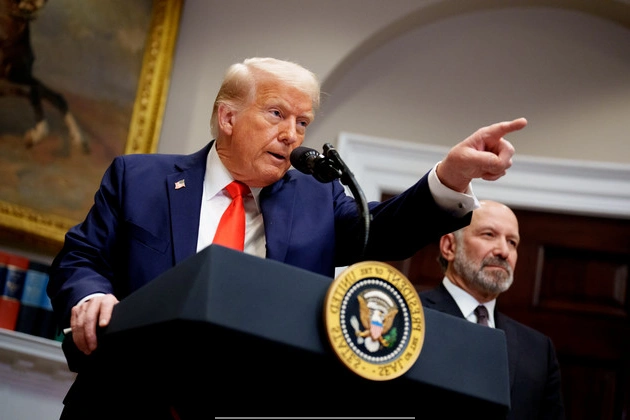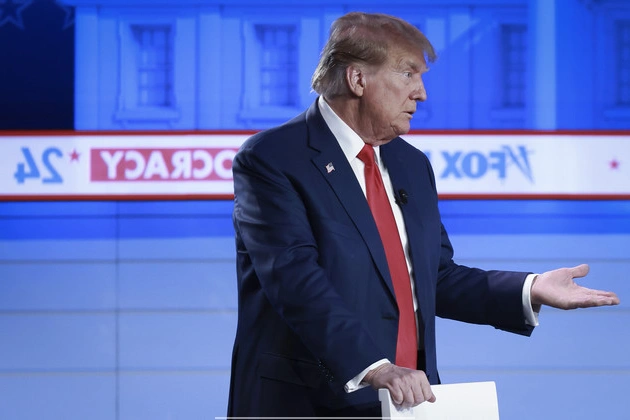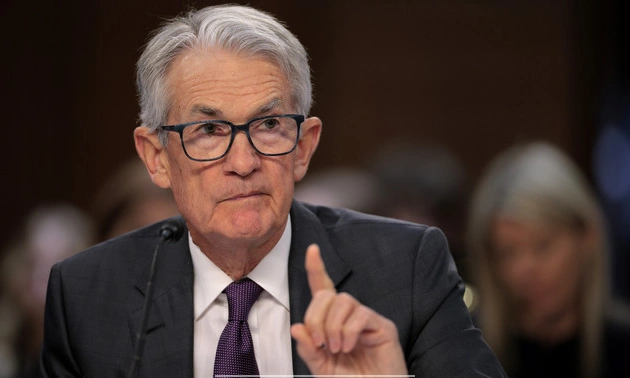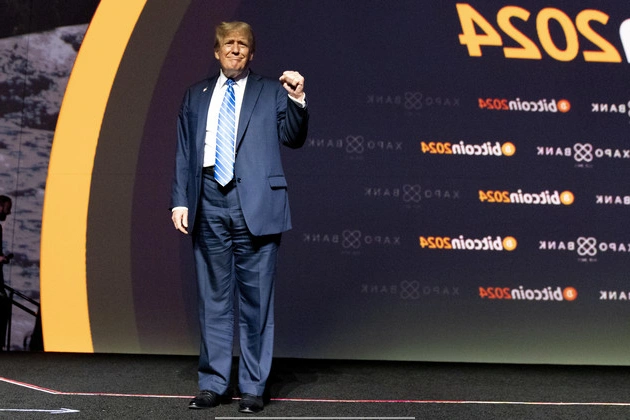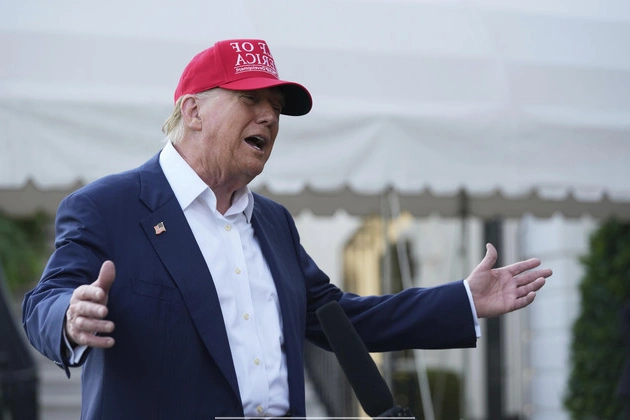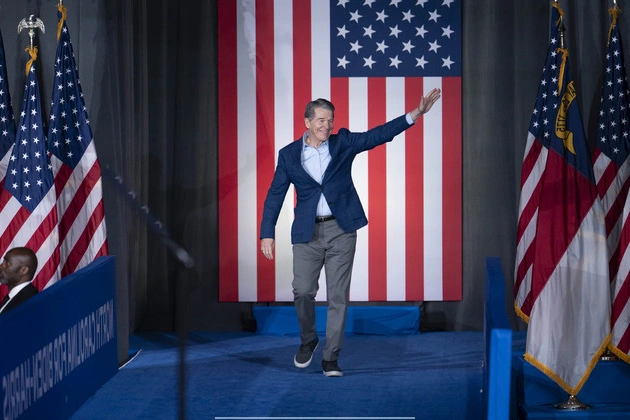
President Donald Trump receives a temporary reprieve on inflation as consumer prices ease in February, offering a glimmer of hope amidst looming tariff chaos. The latest data from the Labor Department reveals a modest rise of 2.8 percent in the Consumer Price Index, slightly below economists’ projections. Core inflation, excluding volatile food and energy prices, shows a 3.1 percent increase.
Market Reactions and Price Trends
Despite spikes in grocery staples like meat and eggs due to avian flu outbreaks, overall food prices saw a 2.6 percent annual increase, trailing the general inflation rate. Additionally, gasoline prices experienced a decline last month, providing some relief for consumers.
However, the calm before the storm may be short-lived, with the imposition of a new 25 percent tariff on global steel and aluminum imports by the U.S. triggering retaliatory measures from key European trading partners. This retaliation is expected to impact exports across various sectors, from meat and poultry to women’s apparel.
Forecast and Economic Implications
Industry experts warn that the current CPI report may not reflect the full impact of tariffs, anticipating potential price hikes in the coming months. Seema Shah, Chief Global Strategist at Principal Asset Management, highlights the uncertainty surrounding tariff policies and the likelihood of inflationary pressures intensifying over time.
Market volatility has intensified following a series of tariff announcements and reversals, posing challenges for businesses planning investments and expansion. While concerns of a looming recession have surfaced, the Trump administration remains steadfast in its trade agenda, emphasizing economic growth and prosperity for American citizens.
Government Response and Future Outlook
Press Secretary Karoline Leavitt underscores the president’s commitment to boosting disposable income for Americans, despite market uncertainties. As trade tensions persist, the Federal Reserve and financial markets brace for potential disruptions, underscoring the need for vigilance in monitoring economic indicators.






